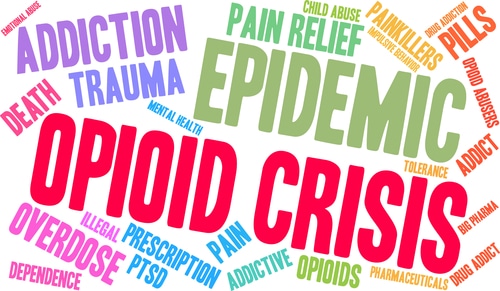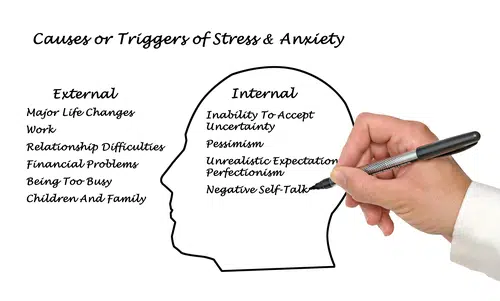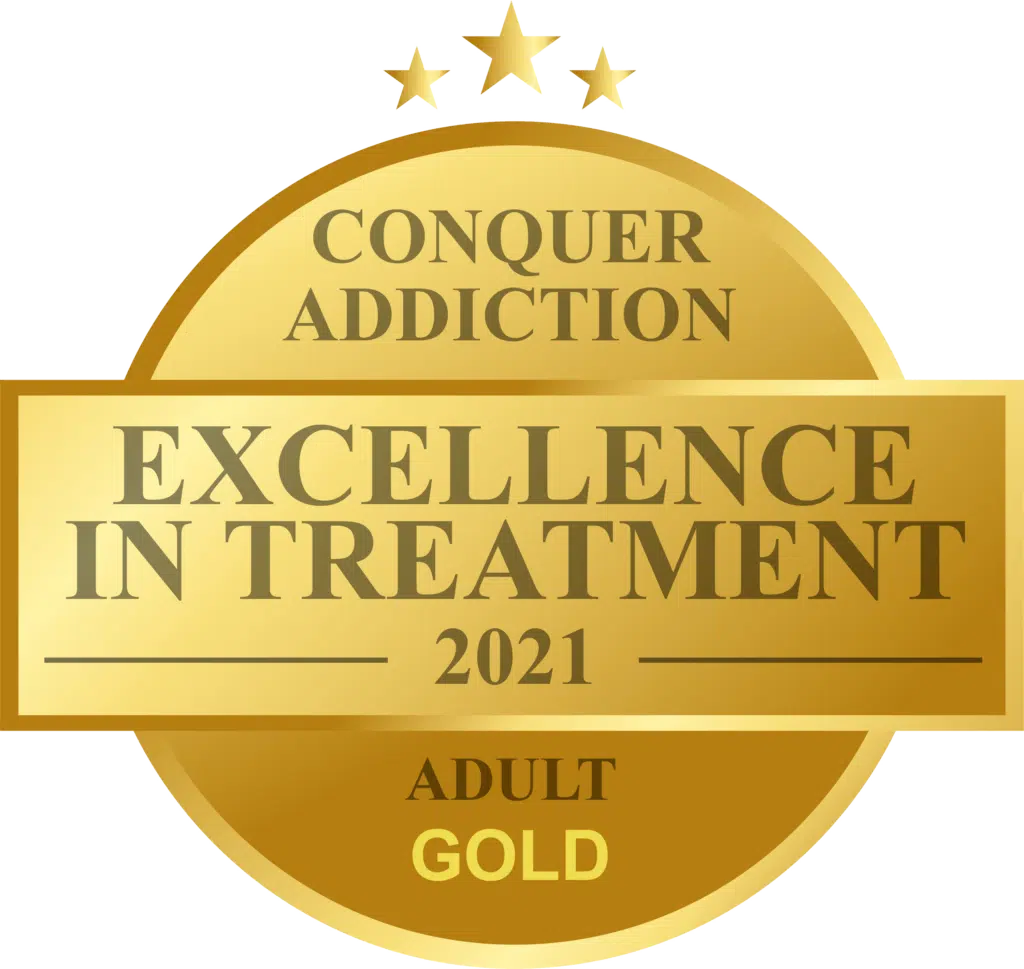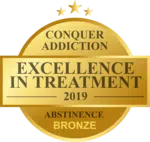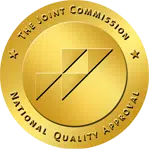On Thursday Oct 26th, President Donald Trump declared the Opioid Crisis a Public Health Emergency. How did we get here? In 2016, according to the CDC, more than 64,000 people died from opioid-related drug overdoses. In particular, the offenders are strong synthetic opioids such as fentanyl that are lethal even at small doses.
Most experts agree that what is needed is greater prevention through education and reforms in prescribing or pharmaceutical practices, resources to provide life-saving treatment in the event of an overdose, and expanded availability of substance abuse treatment. Declaring the Opioid Crisis a Public Health Emergency does a few things.
First, it draws public attention to the severity of this crisis. The extent of the crisis is, in some communities, literally overwhelming their resources. This declaration also allows for some practical changes: the hiring of additional personnel, and increased access to telemedicine services that are essential in rural communities or other areas where people do not have easy access to a doctor. It will also make it easier for grant money to be funneled to the crisis. What this declaration does NOT do is it does not free up money from the federal disaster relief fund to combat the crisis.
We are staying tuned to see what action lawmakers might take to free up additional money for opioid treatment and other essential responses to this crisis.
Kirsten Helgager, PsyD
Psychologist
AToN Center 888-535-1516
Originally posted on November 1, 2017 @ 11:47 pm


